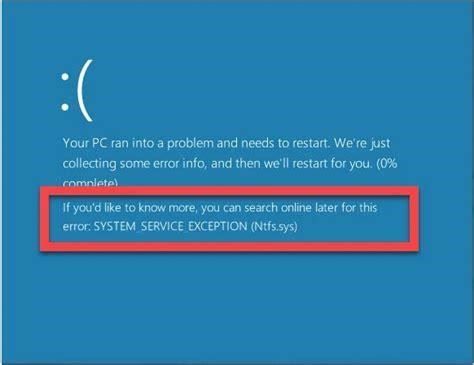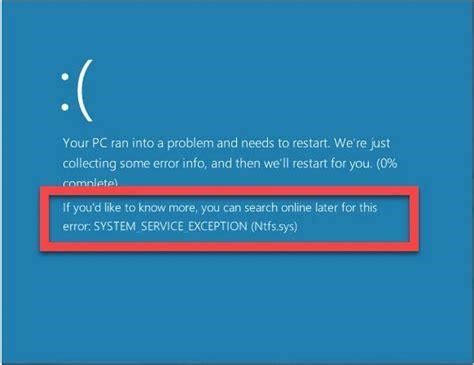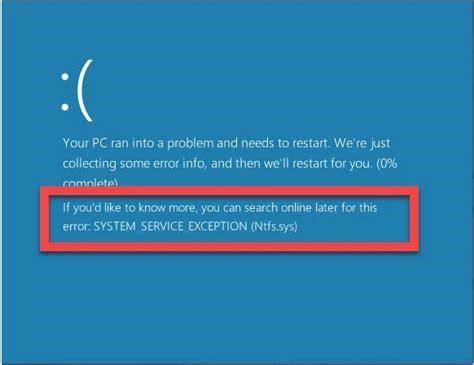Diagnosing and Resolving Hardware Issues on Windows 10 Home
As longtime users of Windows operating systems, we have encountered our fair share of hardware and device issues over the years. Recently, we decided to dig deeper into the various troubleshooting tools and techniques available on Windows 10 Home version 1809 to diagnose and resolve common hardware problems.
After an extensive review of tech support forums and expert recommendations from Windows power users, we have compiled the most effective methods to troubleshoot hardware and device issues on Windows 10 Home. Read on to learn how to quickly identify and fix problems with missing drivers, peripheral connectivity, and problematic device performance.
Accessing the Built-In Windows Troubleshooters
Windows 10 Home comes equipped with specialized troubleshooting utilities designed to detect and repair many hardware configuration and connectivity problems. Here are a few ways to access these handy built-in troubleshooters:
What is Windows 10/8/7 hardware and devices troubleshooter?
Stay in touch with the latest in the world of Windows! The in-built Hardware and Devices Troubleshooter in Windows 10/8/7 will help you troubleshoot, find and fix your hardware problems and issues.
What if I don’t find a troubleshooter in Windows settings?
If you don’t find a troubleshooter in Windows Settings, you can use the general Hardware and Devices troubleshooter in Windows to fix some Windows issues. To open and run the built-in Hardware and Devices troubleshooter, you can press Windows + R, type msdt.exe -id DeviceDiagnostic, and press Enter to open the tool.
-
Settings App: Select Update & Security > Troubleshoot then pick a specific troubleshooter like Hardware and Devices.
-
Control Panel: Open Control Panel, select System and Security > Troubleshoot Common Computer Problems then choose Hardware and Devices.
-
Windows Search: Type "troubleshooting" to locate troubleshooters like Hardware and Devices.
-
Run Dialog: Type "control panel" in Run (Windows + R), open Troubleshooting then select Hardware and Devices.
These troubleshooters will run diagnostics and attempt common fixes for hardware issues like missing drivers, device connectivity problems, and peripheral malfunctions.
Using the Command Line for Hardware Troubleshooting
More advanced users can access specialized command-line tools to troubleshoot hardware. Two particularly useful commands are:
-
sfc /scannow: Scans Windows system files for errors and restores corrupted files. Fixes issues with missing drivers and system file problems.
-
DISM /Online /Cleanup-Image /RestoreHealth: Checks the Windows image for corruption and replaces damaged system files. Helps resolve hardware compatibility issues.
How to run Windows 10 hardware troubleshooter?
Your system will run Windows 11 hardware troubleshooter automatically. Let it detect and troubleshoot the hardware problems in your PC. Click Start -> Settings -> Update & Security -> Troubleshoot. Find and click the target hardware and click Run the troubleshooter button to run Windows 10 hardware troubleshooter to fix related issues.
Does Windows 10 hide hardware and device troubleshooter?
Starting with the latest Windows 10 build version, Microsoft hides the direct access of the Hardware and device troubleshooter to its users. This tool actually eases out the commonly occurring hardware issues in the Windows operating system.
To use these, open an elevated Command Prompt and run the commands. Reboot after running scans to apply fixes.
Hardware Troubleshooter Keyboard Shortcuts
For quick access to hardware troubleshooting tools, Windows 10 supports several handy keyboard shortcuts:
-
Windows + Xthen select Device Manager: Manage connected devices and drivers
-
Windows + Xthen select Disk Management: Configure hard drives and disk volumes
-
Windows + Xthen select Control Panel > Hardware and Sound: Adjust hardware settings
These shortcuts provide an easy way to get under the hood and configure hardware without digging through menus.
Prioritizing Driver and Windows Updates
An important proactive measure is keeping device drivers and Windows fully updated. Outdated drivers are a leading cause of hardware problems and Windows updates frequently include compatibility fixes.
Under Update & Security settings, enable automatic driver updates for your devices. Also check for Windows updates regularly and install the latest patches for your edition. This helps avoid hardware conflicts and improves stability.
How to troubleshoot Windows 10 hardware problems?
In case you are still facing hardware problems, go and check if you can fix it via CMD. Windows Settings does provide an easy way to run the Hardware and Device troubleshooter right on its interface. Here’s how to use this to diagnose issues related to Battery, SD card, Sound, and several others –
What is hardware and devices troubleshooter?
The Hardware and Devices troubleshooter helps find and fix common problems with keyboard, printer, Bluetooth, USB, audio playback, etc. Check how to run Hardware and Devices troubleshooter below. Press Windows + R to open Windows Run dialog.
Seeking Additional Help in Tech Support Forums
If you encounter hardware problems the built-in tools cannot resolve, the next step is to seek help in technical support forums like TenForums . Here you can find fixes for specific devices from experts and get personalized troubleshooting advice.
When posting for help, be sure to include your Windows version and edition, device details, error messages, and troubleshooting steps attempted. With the wealth of knowledge in forum communities, someone will likely have a solution for even obscure hardware issues.
We hope these troubleshooting techniques help you get to the bottom of any hardware headaches on Windows 10 Home. Let us know if you have any other tips for diagnosing device and driver problems! There are always new tools and methods emerging from the dedicated Windows support community.
How to troubleshoot hardware and devices on Windows 11?
Follow these simple steps to figure out how to troubleshoot Hardware and Devices on Windows 11. 1. Press Windows + X keys and select Terminal (Admin). Note: In some versions of Windows 11 you may not have the Terminal option, in that case, select Windows PowerShell. 2. Type msdt.exe -id DeviceDiagnostic into the PowerShell window and press Enter.
How do I troubleshoot windows 11 hardware problems?
Click Start -> Settings -> System. Click Troubleshoot. Click Other troubleshooters. Click the Run button next to the target hardware or device that you have problems with. Your system will run Windows 11 hardware troubleshooter automatically. Let it detect and troubleshoot the hardware problems in your PC.
How do I Remove Hardware and devices troubleshooter from Windows 10?
Hardware and Devices troubleshooter is removed from ‘Troubleshoot’ section of Windows 10 starting from the build version 1809. Open PowerShell by pressing the Windows Key + X and select Windows PowerShell (Admin). By default, PowerShell will open to the C:\Windows\System32 folder. If not, type in cd windows\system32.
Does Windows 10 have a hardware and devices troubleshooter?
Technically, the Hardware and Devices troubleshooter hasn’t been removed entirely from the Windows 10 operating system per se. Rather, it has been “buried” or hidden within the Windows 10 v1809 or later, and Windows 11.




